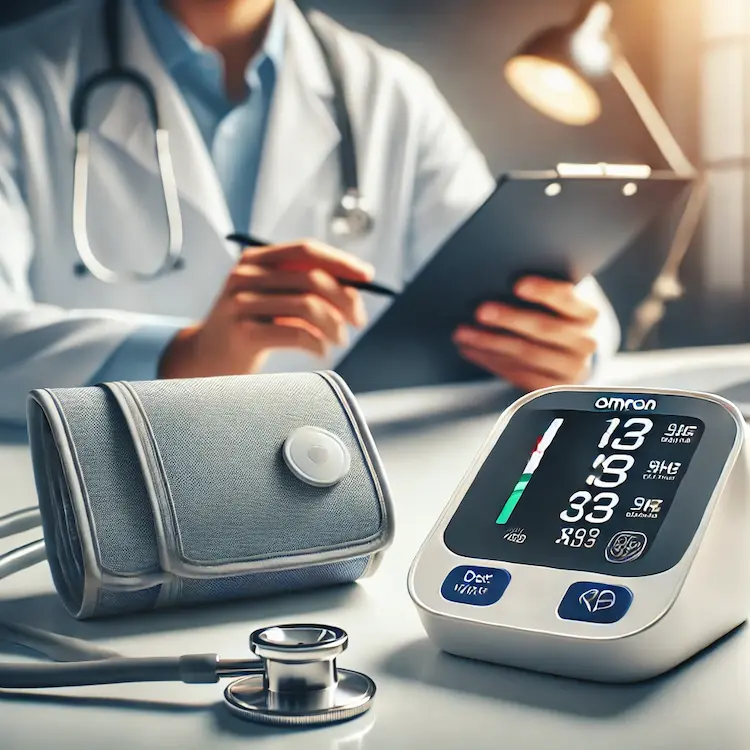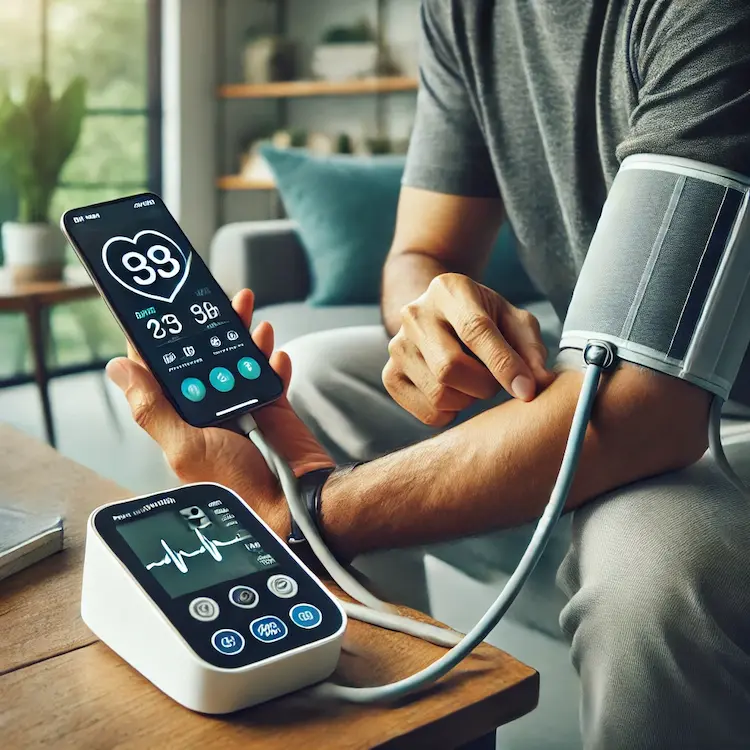Blood pressure monitoring is essential for managing hypertension and cardiovascular health. Omron, a leading brand in digital blood pressure monitors, offers several models tailored to home and clinical use. Among their most advanced options are the Omron M700 and the Omron X7 Smart—two high-precision monitors equipped with intelligent features. But which model provides more reliable results?
This article provides an in-depth comparison between the Omron M700 and Omron X7 Smart, evaluating their accuracy, features, usability, and overall reliability. We’ll analyze their differences, highlight their strengths, and offer recommendations based on user needs.
Why Accurate Blood Pressure Monitoring Matters
Hypertension is a global health issue, affecting over 1.28 billion adults worldwide, according to the World Health Organization (WHO). It is a major risk factor for heart disease, stroke, and kidney failure. Given these risks, accurate blood pressure readings are crucial for both prevention and disease management.

Common Issues with Inaccurate Readings
- White coat syndrome – Patients experience higher readings in clinical settings due to anxiety.
- Masked hypertension – Blood pressure appears normal in clinics but is actually high at home.
- User errors – Improper cuff placement, incorrect arm positioning, or movement can distort results.
With these challenges, choosing a reliable blood pressure monitor like Omron M700 or Omron X7 Smart is vital for accurate, long-term tracking.
Feature Comparison: Omron M700 vs. Omron X7 Smart
Both the Omron M700 and X7 Smart belong to Omron’s upper-tier series, designed for high accuracy and intelligent monitoring. The table below highlights their key differences:
| Feature |
Omron M700 |
Omron X7 Smart |
| Measurement Method |
Oscillometric |
Oscillometric |
| Accuracy |
Clinically validated (±3 mmHg) |
Clinically validated (±3 mmHg) |
| Cuff Type |
Intelli Wrap Cuff (22-42 cm) |
Intelli Wrap Cuff (22-42 cm) |
| AFib Detection |
No |
Yes |
| Bluetooth Connectivity |
No |
Yes |
| Memory Capacity |
100 readings per user |
100 readings per user |
| User Profiles |
2 users |
2 users |
| Smartphone Compatibility |
No |
Yes (Omron Connect App) |
| Display |
Standard LCD |
Backlit LCD |
| Power Source |
Batteries & Adapter |
Batteries & Adapter |
Key Findings from the Table
- Both models use the same Intelli Wrap Cuff, known for reducing errors due to improper positioning.
- The Omron X7 Smart has additional features like AFib detection and Bluetooth connectivity, making it a better choice for users needing smartphone integration.
- Both monitors store up to 100 readings per user, sufficient for tracking long-term trends.
- X7 Smart’s backlit display provides better visibility, particularly in low-light conditions.
Accuracy & Reliability: Which Model Performs Better?
Omron M700
- Utilizes Omron’s Intelli Wrap Cuff, which ensures more accurate readings regardless of cuff placement.
- Clinically validated with a ±3 mmHg margin of error, meeting European Society of Hypertension (ESH) standards.
- Ideal for users who prioritize ease of use and reliability without smart features.
Omron X7 Smart
- Features AFib (Atrial Fibrillation) detection, alerting users to potential heart rhythm issues.
- Bluetooth sync with the Omron Connect App allows automatic data logging, reducing manual entry errors.
- More suited for tech-savvy users or those needing telehealth integration.
Winner for Accuracy: Omron X7 Smart – Due to AFib detection and digital data tracking, it offers better reliability for long-term cardiovascular monitoring.
User Experience & Convenience
Ease of Use
Both models are designed for home use, featuring one-touch operation. However:
- Omron X7 Smart has a more user-friendly interface with a backlit screen and app integration.
- Omron M700 lacks Bluetooth and AFib detection, making it a more basic but dependable choice.
Comfort & Fit
- Both use the Intelli Wrap Cuff, ensuring correct positioning on the arm.
- The adjustable 22-42 cm cuff size accommodates most adults comfortably.
Data Storage & Sharing
- Omron M700 stores data internally, requiring users to log results manually.
- Omron X7 Smart syncs with smartphones, allowing users to share data with healthcare professionals easily.
Which Model Should You Choose?
Choose Omron M700 if:
- You need a simple, accurate monitor without smart features.
- You prefer manual tracking rather than smartphone connectivity.
- You want a more affordable option with clinically validated accuracy.
Choose Omron X7 Smart if:
- You need AFib detection for early signs of heart irregularities.
- You want automatic data transfer via Bluetooth for better tracking.
- You prefer a backlit screen for clearer visibility.

Potential Health Impacts of Choosing the Right Monitor
- Early Detection: Identifying AFib early can reduce stroke risks by up to 68%.
- Better Management: Digital tracking improves hypertension management by 20-30%, per Harvard Medical School.
- Reduced Medical Costs: Regular home monitoring reduces unnecessary doctor visits, saving users hundreds of dollars annually.
Conclusion
Both the Omron M700 and Omron X7 Smart offer high-accuracy blood pressure monitoring, but their differences cater to distinct user needs. The Omron X7 Smart is the superior choice for users needing AFib detection and smart features, while the Omron M700 is ideal for those wanting a straightforward, reliable device without extra tech.
Key Takeaways
- Accuracy: Both models have ±3 mmHg accuracy and Intelli Wrap Cuff for better precision.
- Smart Features: Omron X7 Smart has AFib detection and Bluetooth connectivity.
- Ease of Use: Both are user-friendly, but the X7 Smart has a backlit screen and app integration.
- Best for Simplicity: Choose Omron M700 if you don’t need digital tracking.
- Best for Tech Users: Choose Omron X7 Smart for advanced health monitoring.
Actionable Recommendations
- If you have a history of heart disease, choose Omron X7 Smart for AFib detection.
- If you prefer manual tracking, opt for Omron M700 to avoid unnecessary tech complexities.
- Regularly calibrate your device to maintain long-term accuracy.
- Use proper cuff placement to reduce errors—Omron’s Intelli Wrap Cuff helps with this.
- Sync data with your doctor (if using X7 Smart) for better hypertension management.

